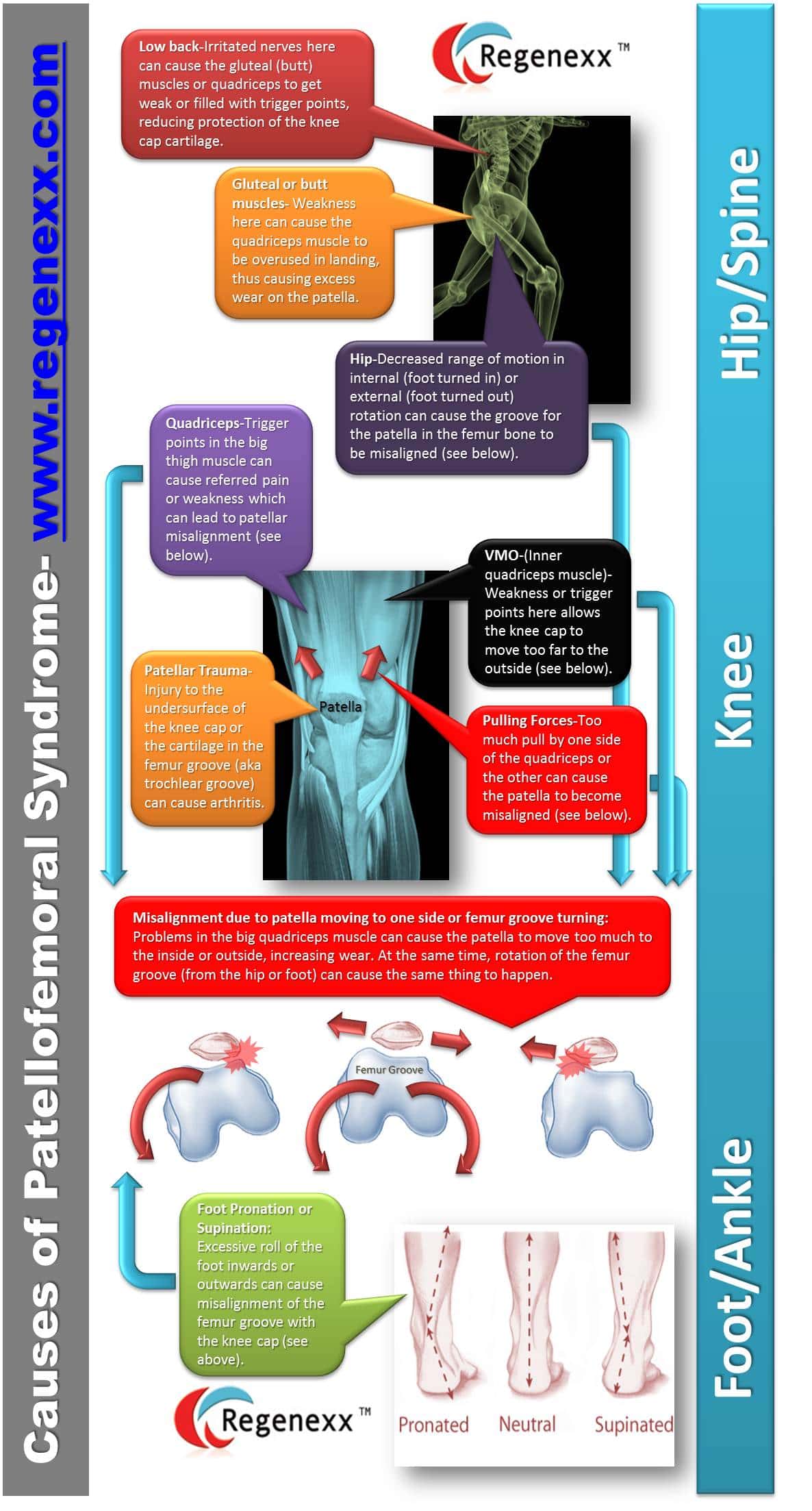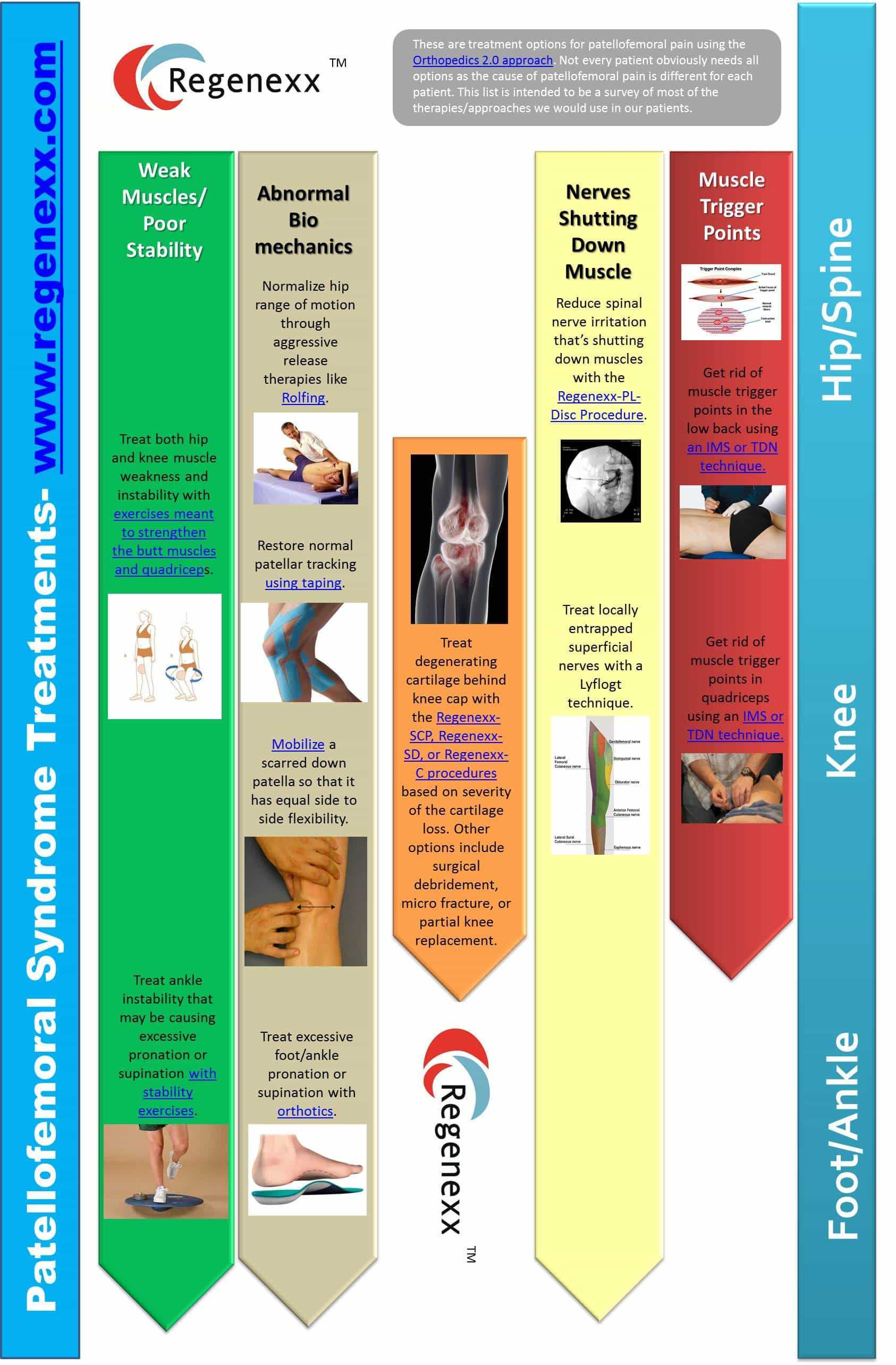What Is a Plica? The Bigfoot of Orthopedics
I often see patients that have been diagnosed with a plica, which is what I call the “bigfoot” of orthopedics. They have often had surgery and are no better, which is why they end up in my office. So is this common surgery the right move? As you’ll see, cutting out a plica makes about as much sense as cutting out the rubber on a worn car tire rather than figuring out why the tire is wearing unevenly.
What is a Plica?
To understand “What is a Plica?”, we first have to review some anatomy. Your knee is lined with living tissue called the synovium. A plica is simply an inflamed piece of that synovium that’s getting pinched or irritated. We really have no hard research showing that plicas are a thing all by themselves, as they can rarely be seen on MRI, which is why call them the “bigfoot” of orthopedics. In my experience, a plica is the just the symptom of something else. So what are the causes of this pinched and swollen synovium?
Knee Plica Causes
There are a number of things that can lead to a pinched piece of synovium:
- Poor tracking of the kneecap
- Increased swelling inside the knee due to early arthritis
- Instability in the knee joint


Early arthritis develops as cartilage and bone get inured or slowly impacted by the chemical environment from being overweight. That increased swelling caused by arthritis can also cause the synovium to swell, leading to more opportunities for the synovium to get pinched, resulting in a plica. In our clinical experience, when there’s early arthritis, the sooner we can address early knee arthritis with regenerative solutions, such as platelet or stem cell treatments, the better. Why would just cutting out the piece of pinched and inflamed synovium (the plica), help knee arthritis (the plica’s true cause)? It won’t! In fact, since the synovium contains important stem cells that help to maintain the joint, cutting out a piece just gets rid of stem cells from that important reserve!
Instability in the knee joint can be caused by neuromuscular issues or loose knee ligaments, and these can lead to significant problems, such as additional swelling (which could lead to a pinched synovium, or plica) and arthritis in the joint. Stability in terms of a joint means that the surfaces of the joint are kept in good alignment as we move. When the joint moves too much, the ligaments act as the last defense to prevent joint damage. Hence loose ligaments are a big cause of instability. The problem is that most patients have no idea that they lave a lax ligament that’s slowly causing joint damage.
The upshot? So what is a plica? It’s not a problem to be surgically removed. Trying to trap bigfoot, in my opinion, is not the right solution. I’ve seen many patients through the years who have had this surgery, and they’ve come into my office relaying that the surgery did no good. If you just have the symptom, the plica, surgically removed and don’t address the actual cause, the pain will return! So do yourself a favor and take a look at the many causes and solutions listed above!

NOTE: This blog post provides general information to help the reader better understand regenerative medicine, musculoskeletal health, and related subjects. All content provided in this blog, website, or any linked materials, including text, graphics, images, patient profiles, outcomes, and information, are not intended and should not be considered or used as a substitute for medical advice, diagnosis, or treatment. Please always consult with a professional and certified healthcare provider to discuss if a treatment is right for you.
